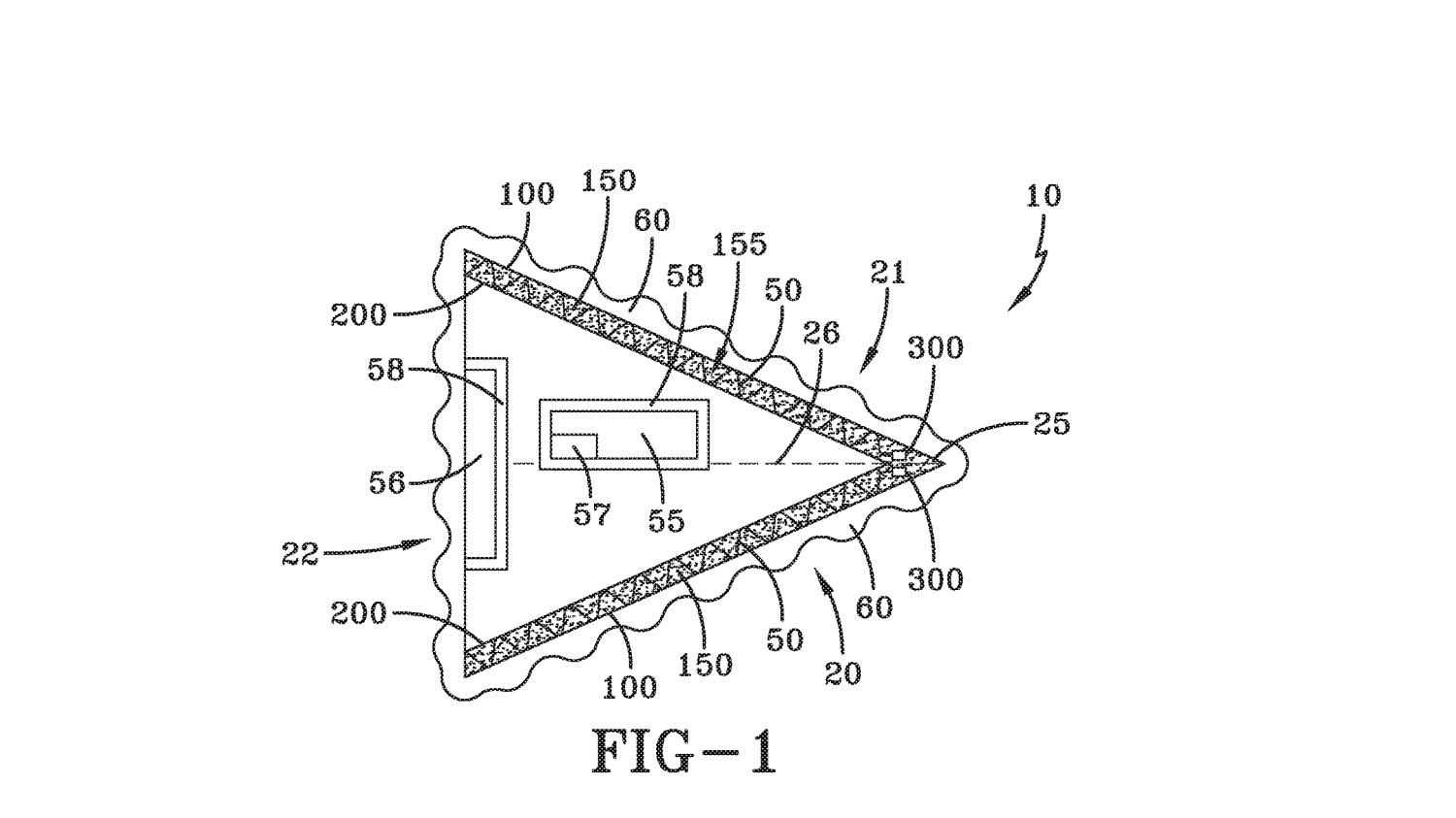The U.S. Department of Defence spent close to half a million dollars — at least $US466,810 ($607,273) — on fringe science research, in the hopes of someday creating an aircraft that bends the laws of physics. That news comes via a new report from the War Zone, which recently acquired DoD documents via a public records request as part of a continued investigation into the defence community’s investment in experimental technologies.
The bizarre research is part of a larger body of work by controversial inventor Dr. Salvatore Cezar Pais, an aerospace engineer employed by the U.S. Navy. The secretive Pais has patented a number of inventions for the federal government over the last several years, most of which are based around creating a ship that is able to “engineer the fabric of our reality at the most fundamental level,” as he puts it.
According to the newly released documents, the Naval Air Warfare Centre Aircraft Division (NAWCAD) spent three years and tons of money testing Pais’s theory through its Naval Innovative Science and Engineering – Basic & Applied Research Program. The project, named “The High Energy Electromagnetic Field Generator (HEEMFG),” was concerned with testing the so-called “Pais Effect.” The War Zone breaks down what this concept is:
All matter contains energy on the quantum level. By theoretically creating its own incredibly dense and polarised energy field, the hybrid craft is claimed to be able to create a quantum ‘vacuum’ around itself which allows it to repel any air or water molecules with which it interacts. Thus, the craft can essentially ignore aerodynamic or hydrodynamic forces, or so it is claimed in the patent.
The NAWCAD research was meant to test whether the principles that undergird Pais’s theoretical ship would be possible. Successful experiments, the documents state, would mean the ability to eventually create “next generation propulsion systems for all branches of the military” and would ensure that the U.S. “wins the future and achieves battlefield supremacy.”
Among other things, the new documents (which include “detailed technical drawings, photographs, and data related to actual tests” of the inventions) show researchers musing about how elements of Pais’s experimental science could be converted into a “spacetime modification weapon,” one that would “make the Hydrogen bomb seem more like a firecracker, in comparison.” While there are scant other details about this very Tenet-sounding weapon — and it’s unclear exactly what the researchers are talking about — it sure is a great example of the weird places your taxpayer dollars end up.
Pais’s inventions are available for perusing on Google patents and include stuff like a “Craft using an inertial mass reduction device,” a proposed triangular aircraft that looks like those “black triangle” ships UFO enthusiasts are so fond of.

This all surely sounds like a Fox Mulder fever dream. But according to comments made by the Navy’s Chief Technology Officer, there is basically a Cold War between the U.S. and China over this clandestine, experimental technology. Previous reporting shows that, in a letter to the U.S. Patent Office, Dr. James Sheehy, CTO for the U.S. Naval Aviation Enterprise, apparently claimed that the government needed to invest in these vehicles because the Chinese are already “investing significantly” in them, and that they represent “the future state of the possible.” Propulsion technology will move “beyond gas dynamic systems to field-induced propulsion based hybrid aerospace-undersea craft,” he predicted.
For years, the U.S. defence community has funded all assortment of fringe science in an effort to discover new military advantages against its foes. This R&D has run the gamut — from CIA experiments with telekinesis to theoretical sub-atomic particles to technologies that claim to put voices in people’s heads.
According to the report, the NAWCAD approved the research to be “further continued” by other defence agencies, including the Office of Naval Research (ONR), the Air Force Research Laboratory (AFRL), DARPA, or NASA. It is unclear if this is what has happened.
